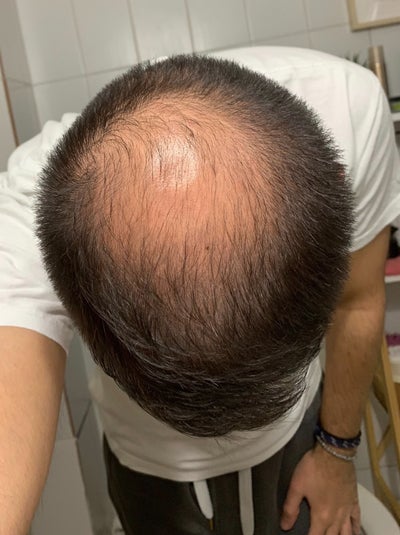When considering a crown hair transplant, one of the most common questions patients ask is: “How many grafts will I need?” The answer isn’t the same for everyone, as the number of grafts depends on the size of the thinning area, the density desired, and the availability of donor hair. In advanced clinics that specialize in hair restoration, such as those offering Crown Hair Transplant in Dubai, doctors carefully calculate graft requirements to achieve natural and long-lasting results. Understanding how graft numbers are determined can help you set realistic expectations and prepare for the procedure.
What Is a Hair Graft?
A graft is a small unit of hair follicles that is harvested from a donor area (usually the back or sides of the scalp) and transplanted into thinning regions. Each graft may contain:
- Single hairs – Often used for the hairline or fine detailing.
- Double hairs – Common for creating density.
- Multiple hairs – Ideal for filling larger areas such as the crown.
Since the crown is a larger and more challenging area due to its spiral pattern, multiple grafts are usually required to restore natural fullness.
Factors That Influence Graft Numbers
1. Size of the Thinning Area
The bigger the area affected by hair loss, the more grafts will be needed. Crown balding often requires more grafts than frontal restoration because of the scalp’s circular design.
2. Degree of Hair Loss
Mild thinning may require as few as 800–1200 grafts, while advanced bald spots may need 2500 or more.
3. Desired Density
Some patients prefer moderate coverage, while others want maximum fullness. This choice significantly affects the number of grafts required.
4. Donor Hair Availability
Even if the crown requires many grafts, the availability of healthy donor hair determines how much can realistically be transplanted.
5. Hair Characteristics
- Thicker hair provides more coverage per graft.
- Curly or wavy hair creates the illusion of greater density.
- Straight, fine hair may require more grafts for a fuller look.
Average Graft Requirements for the Crown
While every patient’s needs are unique, here is a general breakdown:
- Early Thinning (Small Area): 800–1200 grafts.
- Moderate Thinning: 1500–2000 grafts.
- Extensive Balding (Large Crown Area): 2200–3000+ grafts.
These numbers are estimates, and a personalized consultation is the only way to know exactly how many grafts you will need.
Why Crown Transplants Require More Grafts
The crown has a natural spiral pattern, which requires precise placement of follicles at different angles to mimic natural growth. This level of detail means more grafts are often required compared to other areas of the scalp. Additionally, because the crown is a flat, wide surface, density has to be built gradually for natural coverage.
Planning the Right Number of Grafts
Hair transplant specialists use digital scalp analysis and hair density measurements to determine graft requirements. The planning stage is essential because:
- Too few grafts may result in thin coverage.
- Too many grafts used in one session may stress the donor area.
- Balanced planning ensures long-lasting and natural results.
Why Patients Choose Dubai for Crown Transplants
Dubai has become a leading destination for advanced hair transplant procedures. Patients benefit from experienced specialists, state-of-the-art technology, and personalized care. Whether you require 1000 or 3000 grafts, Crown Hair Transplant Dubai clinics provide tailored solutions that ensure natural density and long-lasting results.
Conclusion
The number of grafts needed for a crown hair transplant depends on several factors, including the size of the thinning area, donor hair quality, and the level of density desired. On average, patients may require between 1000 and 3000 grafts for noticeable improvement. By working with a skilled specialist, you can receive a customized treatment plan that ensures natural, permanent, and satisfying results.






Comments